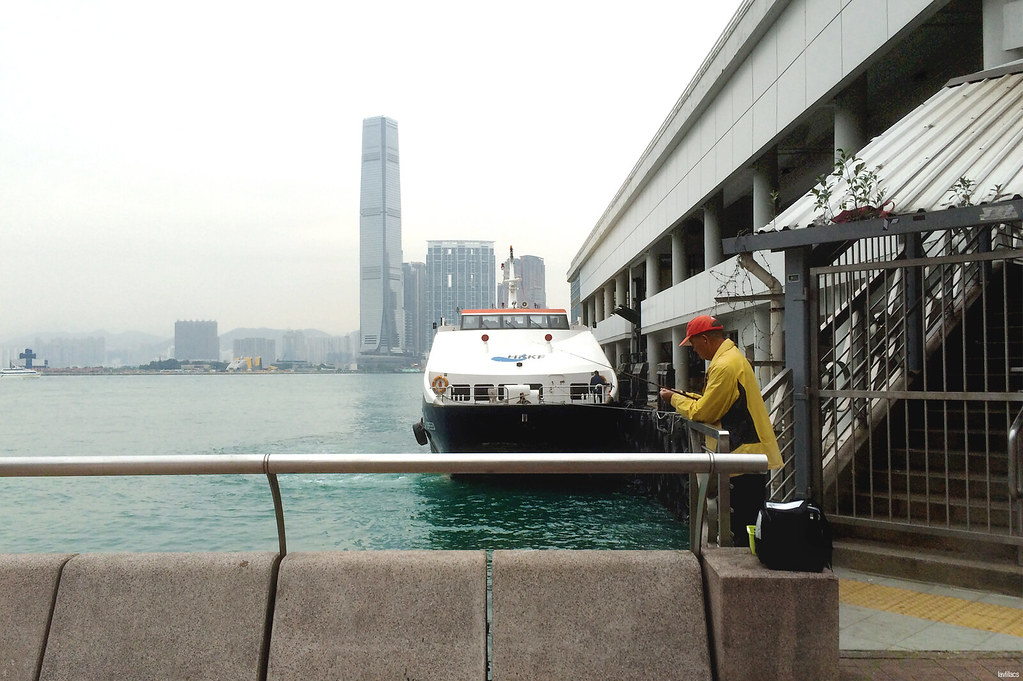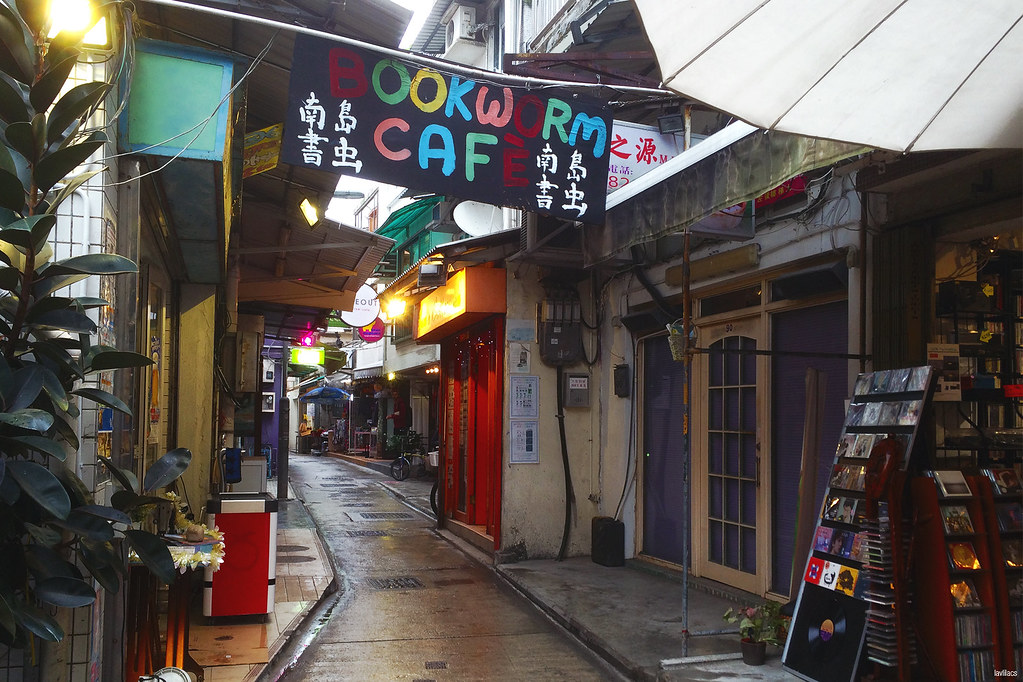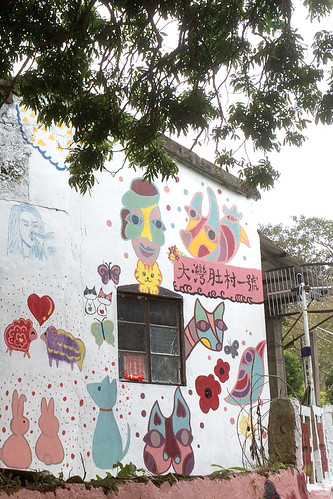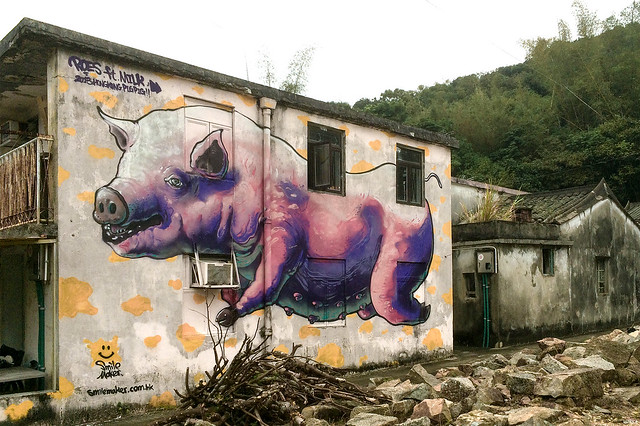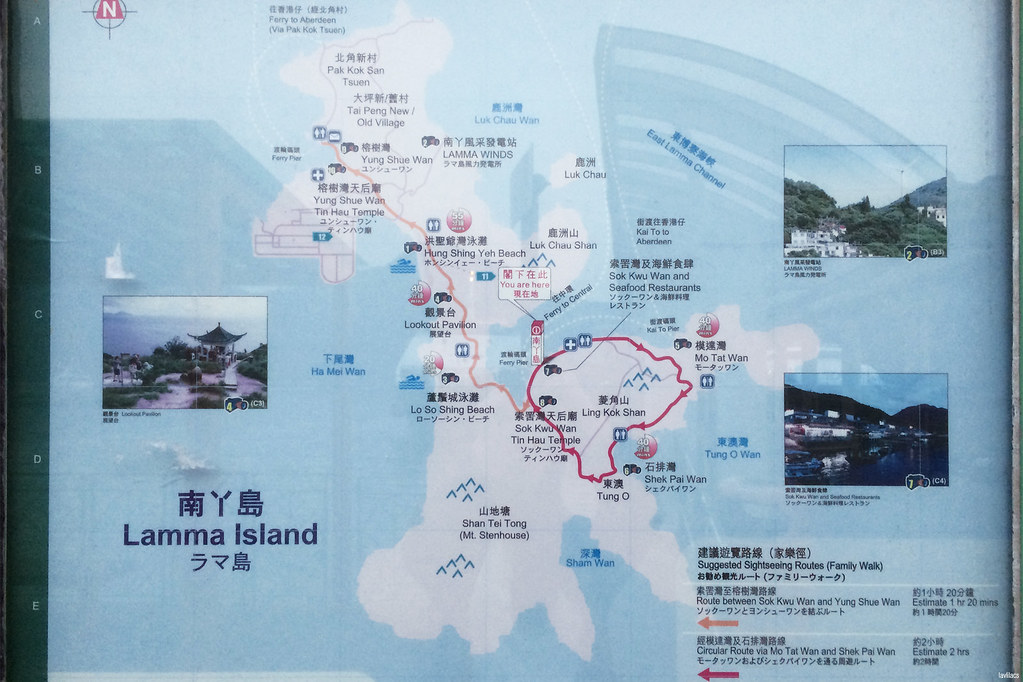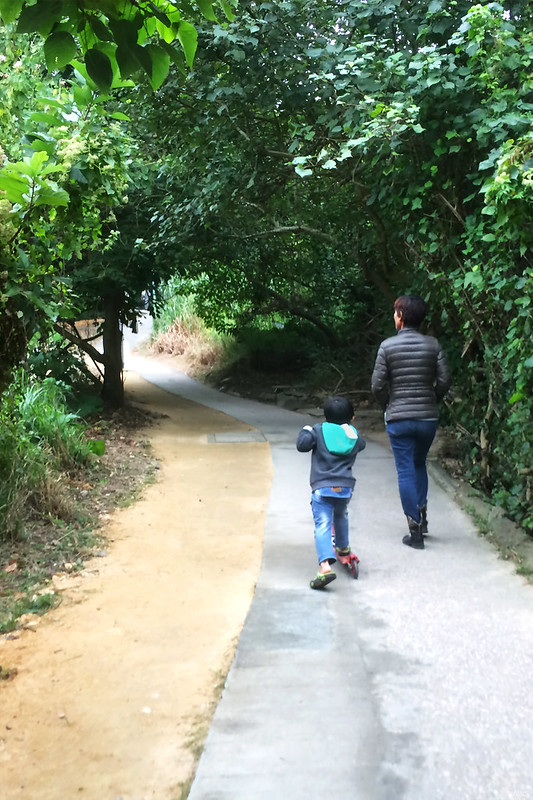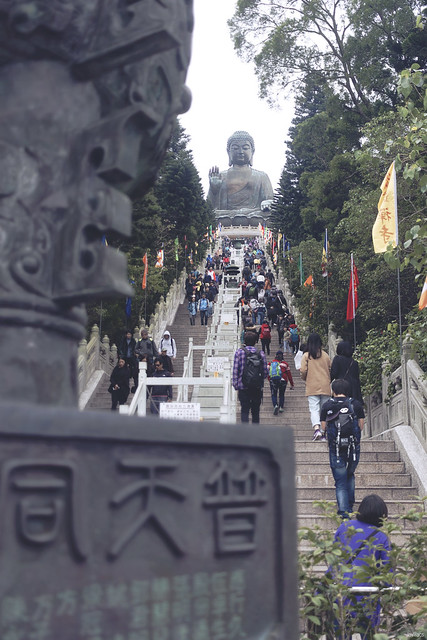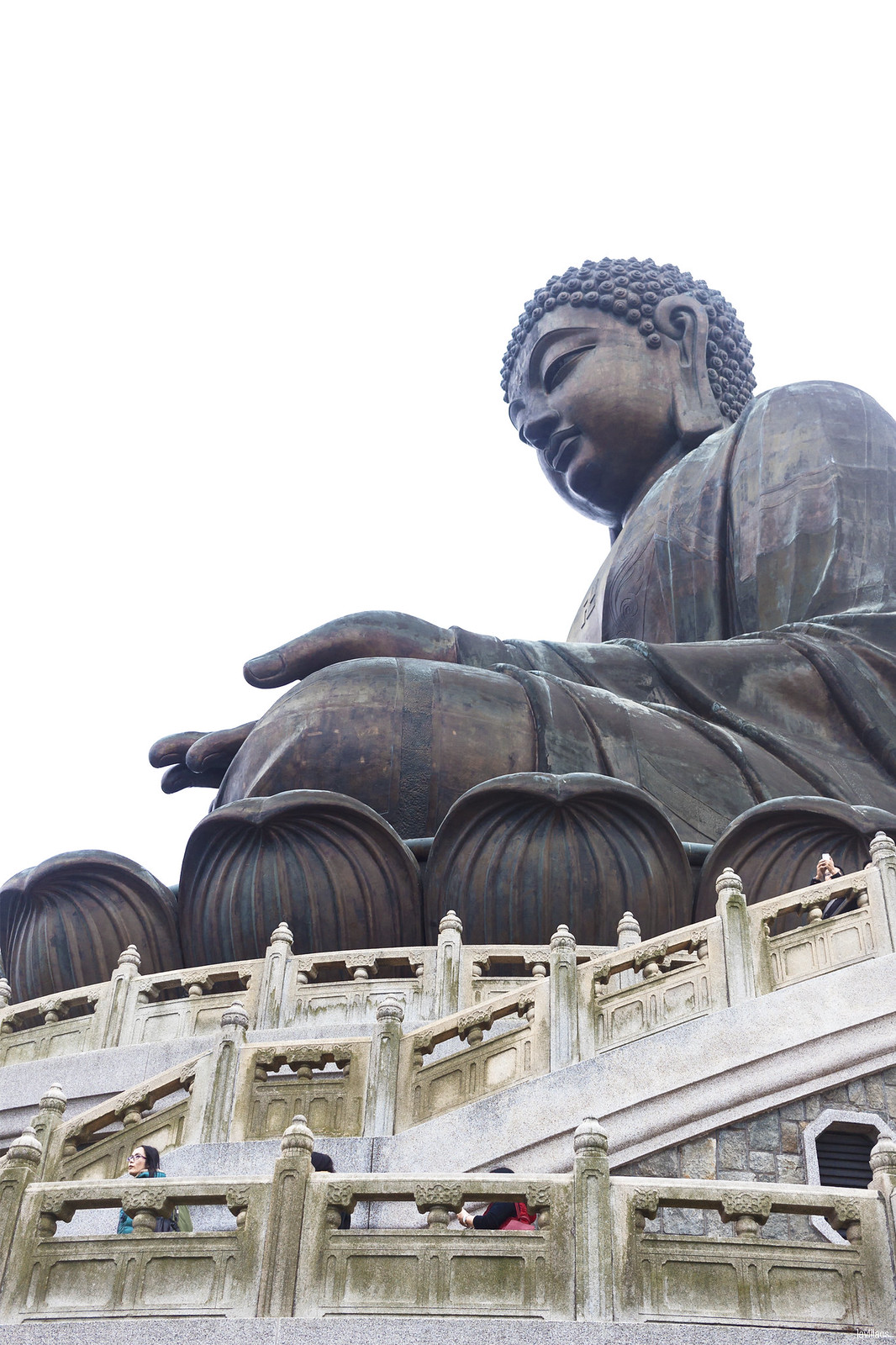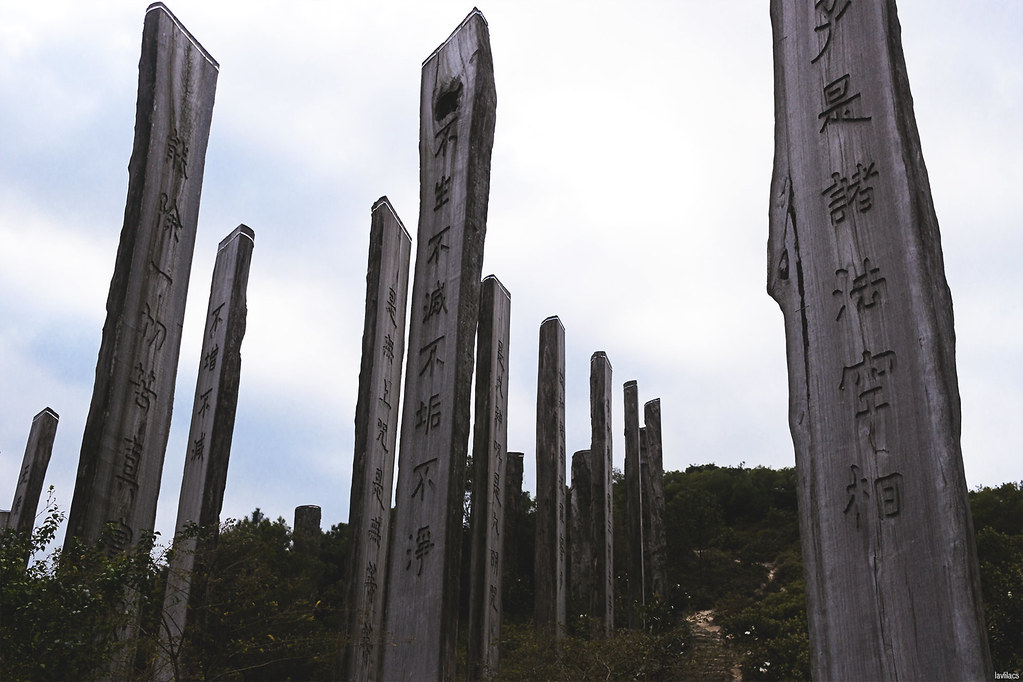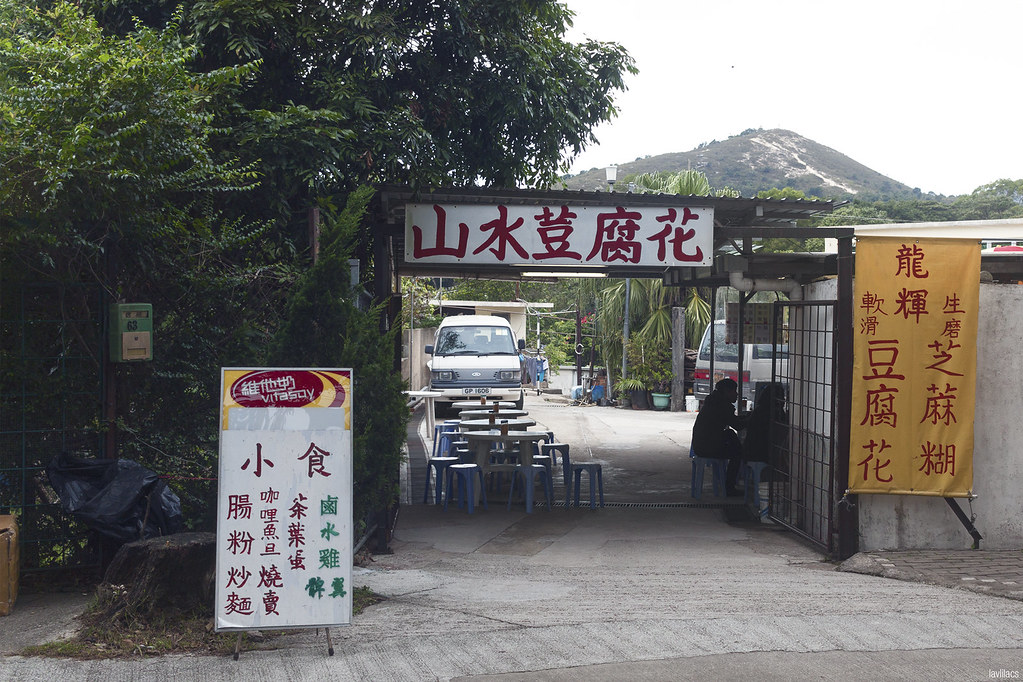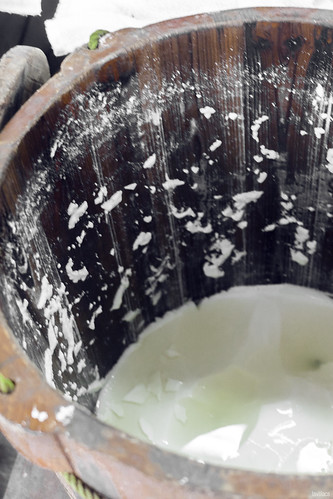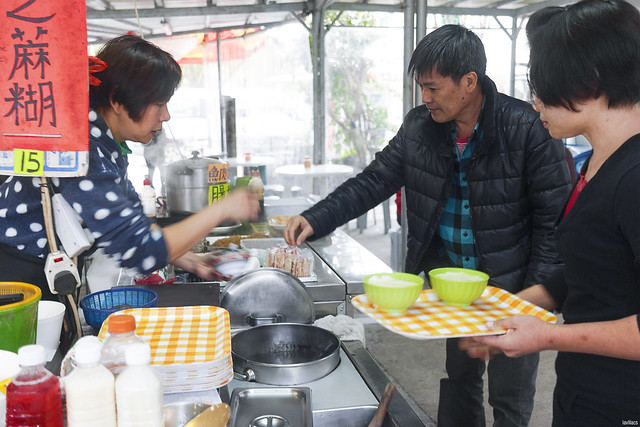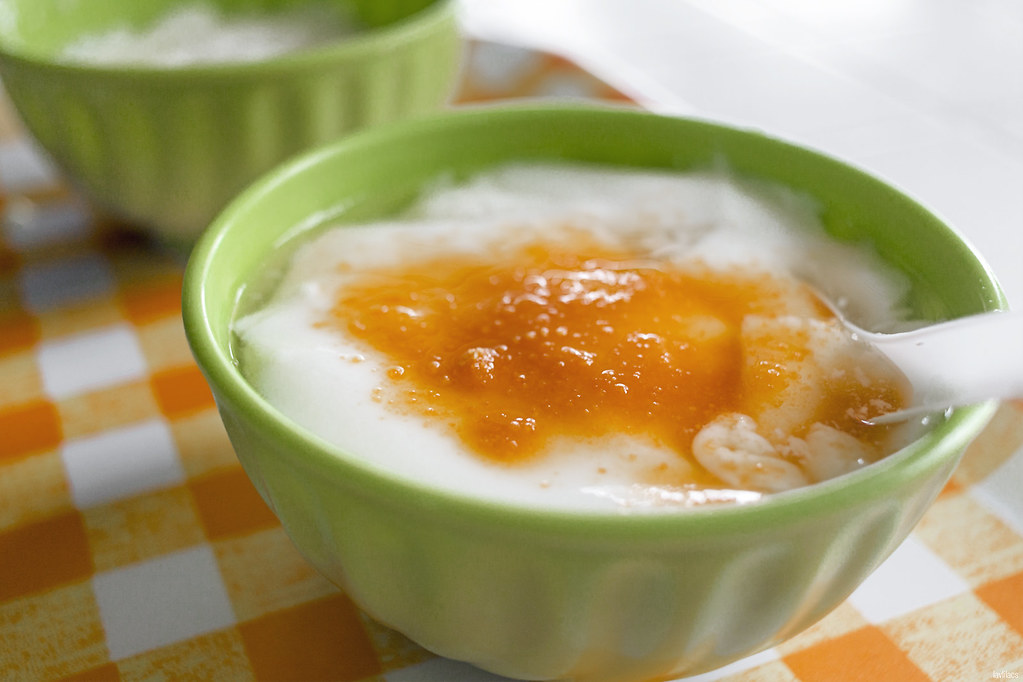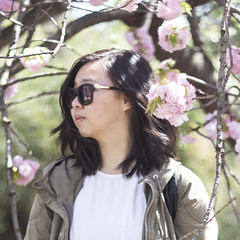Hong Kong Eats
Hong Kong is a place where visiting as a Cantonese speaking ABC (American Born Chinese) is an experience like no other. The biggest appeal of the city comes from the balance of familiarity and novelty. My family has a Taishanese history, yet we are still a part of the larger Cantonese culture. People who only know Cantonese may not be able to make out the Taishanese dialect, but those who understand Taishanese can definitely find the similarities between the two. Food-wise, the cuisine and choices available are practically identical. Dimsum and yumcha are social gathering musts. Sweet tofu pudding and sweet soups are desserts of choice. The distinctions, instead, come from cultural differences due to environmental influences: traditionalist v. fusion, relaxed v. rushed, roomy v. rushed, smoking v. no smoking. etc.The internet loads my brain with hundreds of images of foods to try without knowing precisely where to get it or what it is called. Navigating the streets in search of eateries is effortless as signs are in English and Chinese. Speaking Cantonese is sort of easy-peasy. Understanding and deciphering the local slang though makes my language skills seem even more elementary. Even though a big city's hustle doesn't faze me, there is a sense of order despite the rush in Hong Kong that is initially shocking. It shows in the way people
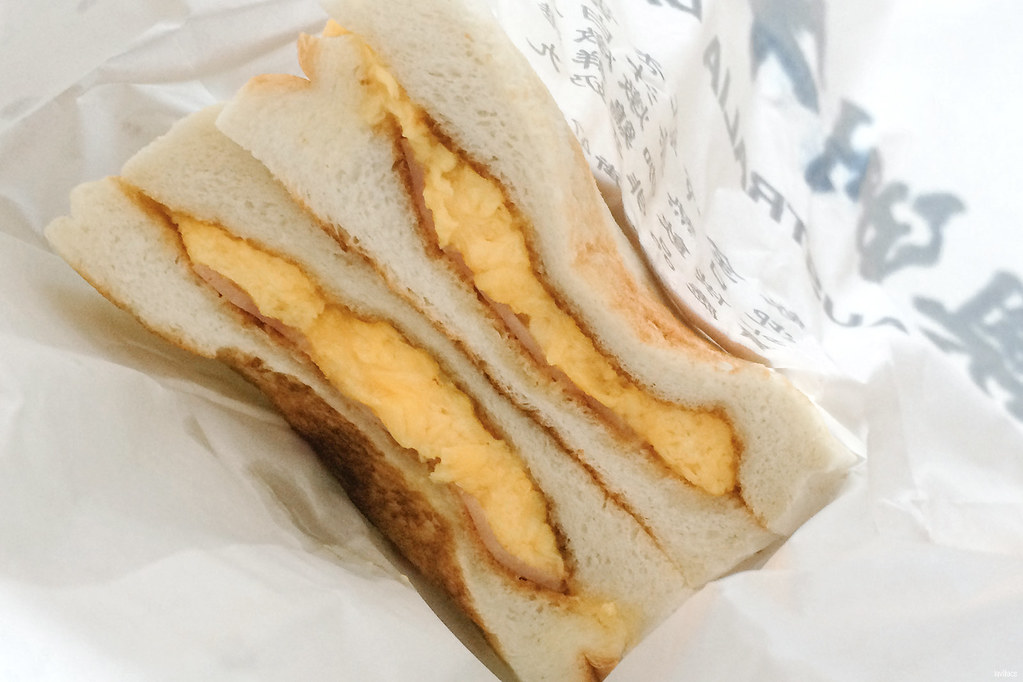
Australia Milk Company, Jordan, Hong Kong.
Perhaps the best example of Hong Kong culture rests in a simple breakfast meal. Not at a restaurant where little steamers of dimsum are ordered, but at a "tea restaurant" or cha chaan teng 茶餐廳 where space is limited, tables are cramped, and people are a plenty. Lines at popular establishments can wrap around the block. Workers can be somewhat rude and seemingly annoyed at all times. But their thick skin is probably what gets the queues of visitors moving at a reasonable rate.Macaroni and ham soup. Ham and egg sandwich. Pineapple bun. "Stocking" milk tea. Coffee tea mix. Lemon with honey. Those are the representative cha chaan teng menu items. None of it sounds super fancy, it is what it is. Individual items are affordable and set meals are even better deals. Everything can be prepared quickly and eaten hastily. That's what makes tea restaurants tick.
Don't let the name Australia Milk Company fool anyone. It might sound like a foreign chain but it has all the hallmarks of a cha chaan teng and then two- three-folds. The lines for indoor seating is neverending, but for a good reason. Luckily they have a shorter line for To-Go visitors that is attended by someone just as brash as those attending to table service.
As an establishment with milk in its name, their milk puddings are definitely a treat. It is rich and creamy and available both hot and cold. The star of the place though is, without a doubt, the scrambled egg sandwich. Their bread is thick and pillowy soft. The eggs are fluffy and buttery. Gaahh, the combination is just to die for! I know, I know...it is just egg and bread. Every cha chaan teng offers it. I thought that too until I had it from other places. Australia Milk Company really is much better.
*TIP: For Cantonese speakers, don't bother with saying the full names of any of the menu items. For tui daan sam mun tsee 火腿蛋三文治 (ham and egg sandwich) it is not; tui daan tsee 腿蛋治 is much more appreciated. For English speakers, ask for an English menu and point or try saying ham egg sandwich toast.
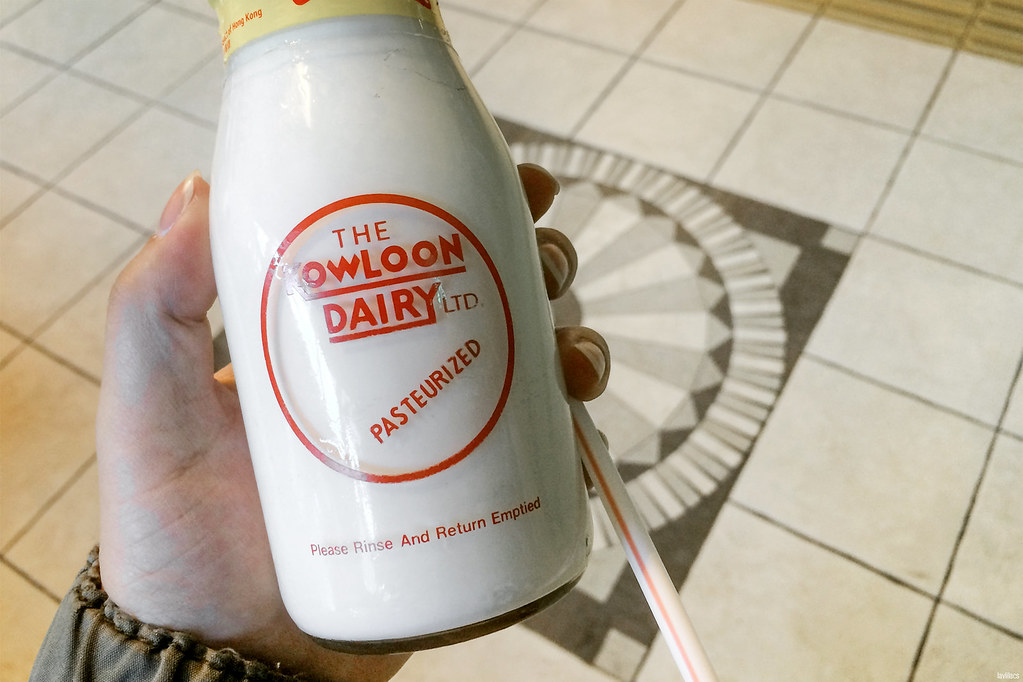
Let me stop a moment to gush about getting milk in a glass bottle. This completely caught me by surprise. It is not common to buy single portion milk. It is even less common to find it in a glass bottle unless it is organic, raw, unpasteurized, or anything of that nature. Then on top of all that, the bottle should be rinsed and returned instead of to be trashed? Shocking!
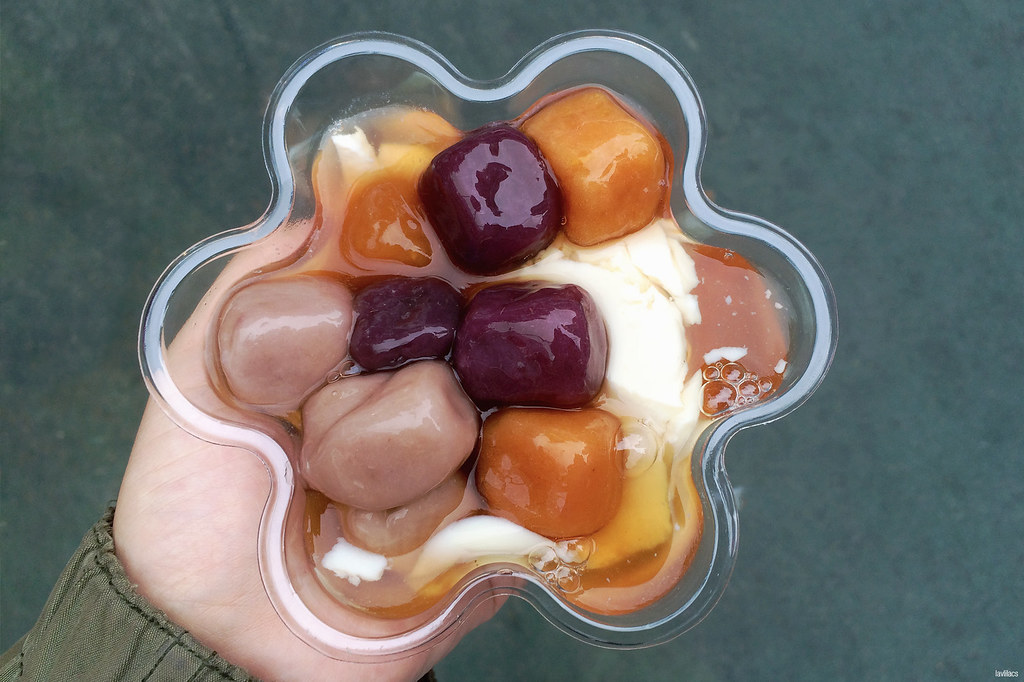
HK Brands & Products Expo, Wanchai, Hong Kong.
Growing up, tofu pudding (dou fu faa 豆腐花 or dou faa 豆花) was always a treat at dimsum or if my mom happens to stop by the tofu vendor in Chinatown. It always seemed like an adult's dessert because of its lack of color, decorations, and texture. When I spotted a bunch of people carrying around bowls of the tofu pudding with colorful cubes I was immediately intrigued. I couldn't read the name at the time but just assumed it was taro ball 芋圓 and sweet potato balls 地瓜圓 from its appearances. Those weren't like anything other rice balls I have ever had. Instead of a soft mushy texture and round shape, it was springy chewy and cubed.The taro and sweet potato balls supposedly originate from Taiwan and are made with sweet potato starch rather than glutinous rice flour. I guess that explains why I haven't ever had anything like it before. Since I saw these at the HK Brands & Products expo, I wonder if they are popular in dessert shops in Hong Kong?
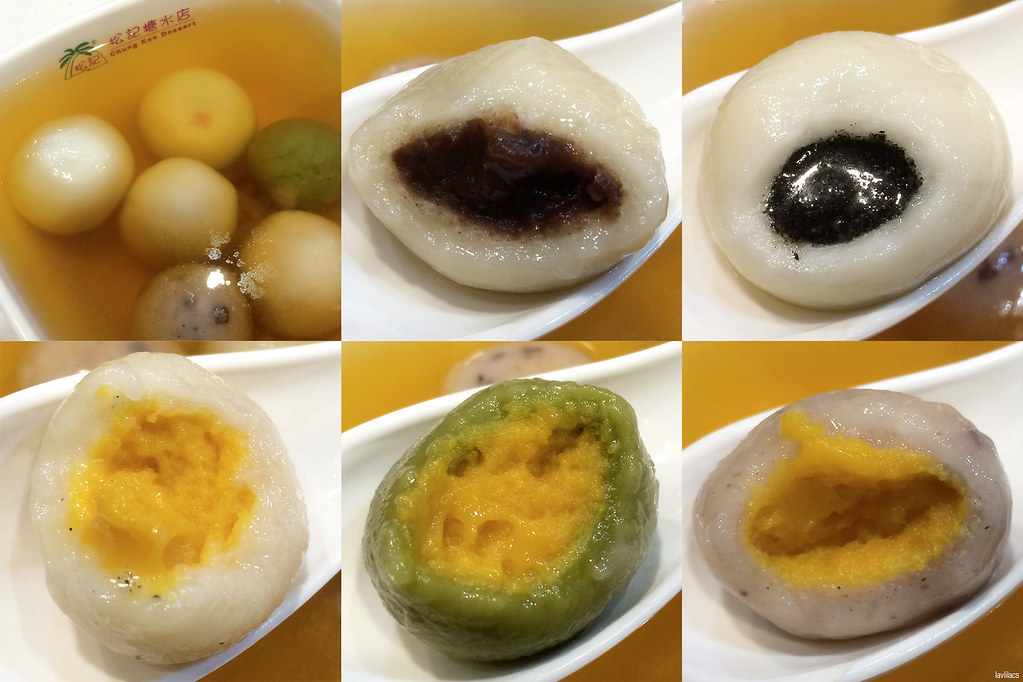
Chung Kee Dessert, Jordan, Hong Kong.
Glutinous rice balls in syrup is another representative dessert of Cantonese cuisine. Homemade versions are typically on the plainer side, i.e. filling-less, and Grandma and mom are usually more generous when scooping the dough balls.Dessert shops usually incorporate special flavors into theirs since the plain ones are really easy to make. (Some glutinous rice flour + water forms the dough. Some sugar + water makes a syrup.) Putting filling inside the dough while ensuring it is fully encased and evenly wrapped is tedious and meticulous work for unskilled hands. How else would dessert shops make money?
Anyways, my favorites versions are the red bean and mango varieties. It is just personal preferences. Red bean and black sesame are more traditional options. Green tea and mango are more modern influences.
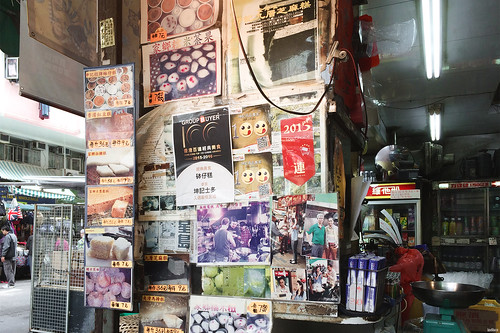 | 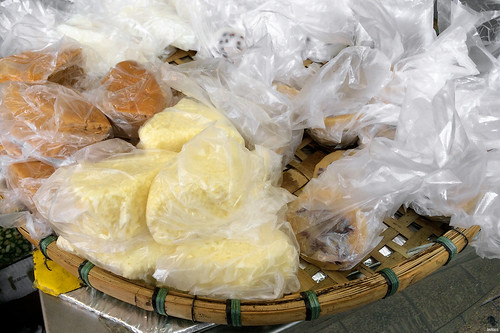 |
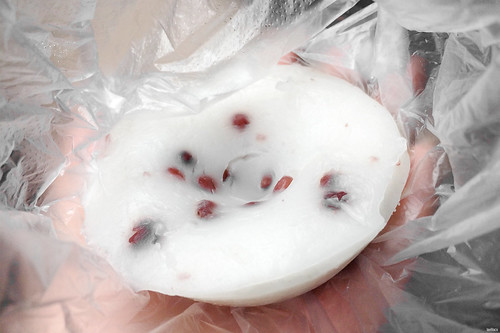 | 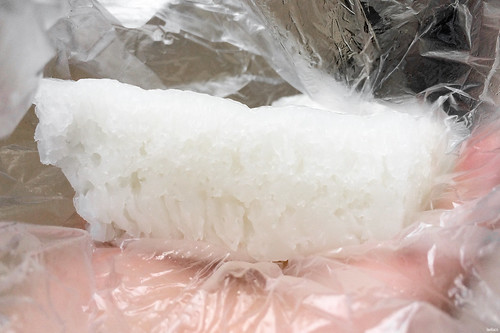 |
Kwan Kee Store, Sham Shui Po, Hong Kong.
I wasn't actively looking for these sweets while in HK. I would have been happy if I stumbled across it and not overly sad if I didn't. I think more than wanting to try it per say, I wanted to experience buying it from a street hawker and eating it skewered on two bamboo sticks like in the TVB shows.While these are sweets, these are usually classified more as snacks than as after-meal desserts. Pudding cake (put chai ko 砵仔糕) and white sugar cake (bak tong gou 白糖糕) are both rice flour and sugar based steamed desserts. Both can come in white or brown sugar versions. The main difference between the two is the white sugar cake has a leavening agent and is fermented while the pudding cake is not.
Put chai ko is kind of like a non-chewy version of ddeok/tteok (Korean rice cakes). It is soft when fresh but still has a firmness to it.
Bak tong gou is springy and slightly chewy. Depending on how it is made it could range from light to kind of dense. Since it is fermented, there is a tinge of sourness.
The ones I tried from Kwan Kee Store were different from what I imagined it to be. Maybe I have just developed a specific taste for both of these since I had them often growing up. The put chai ko was just a tad too firm and the bak tong gou wasn't springy, sour enough to my liking.
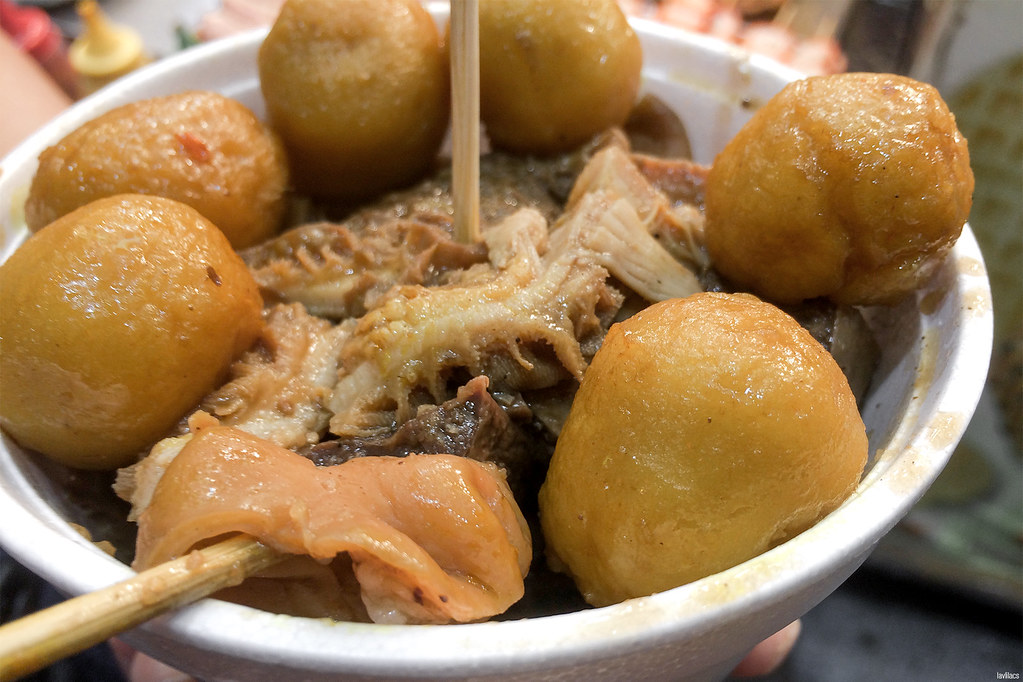
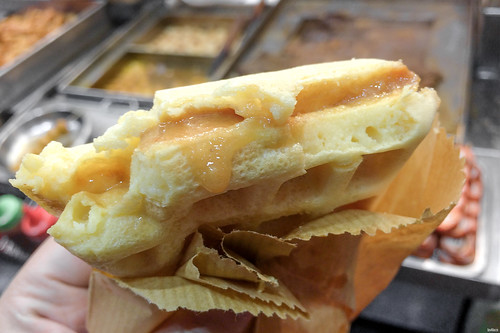 | 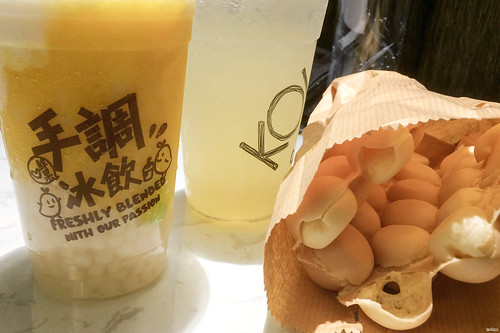 |
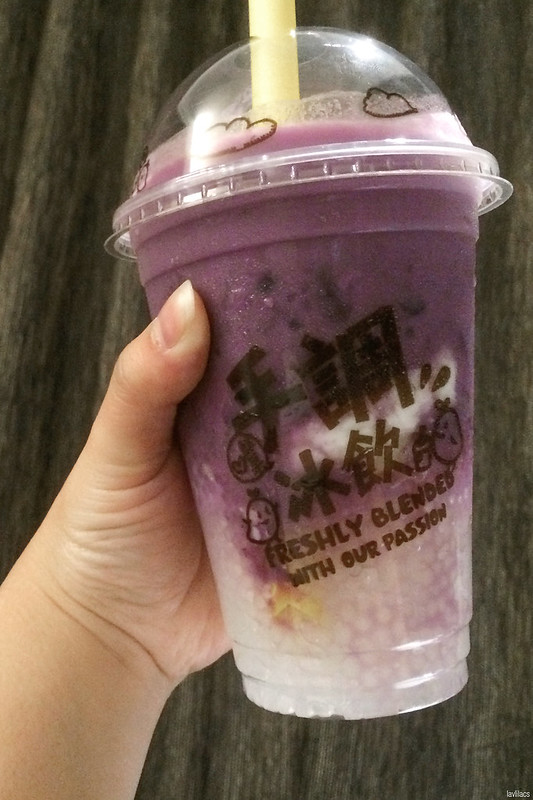 | 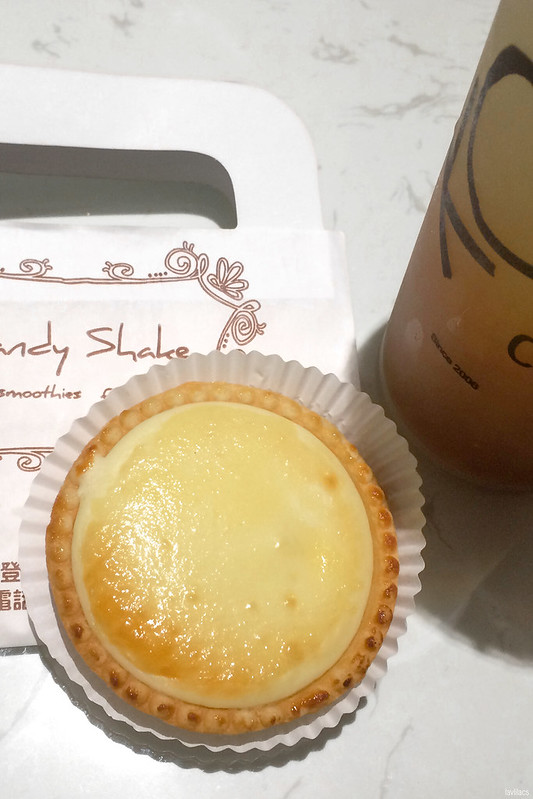 |
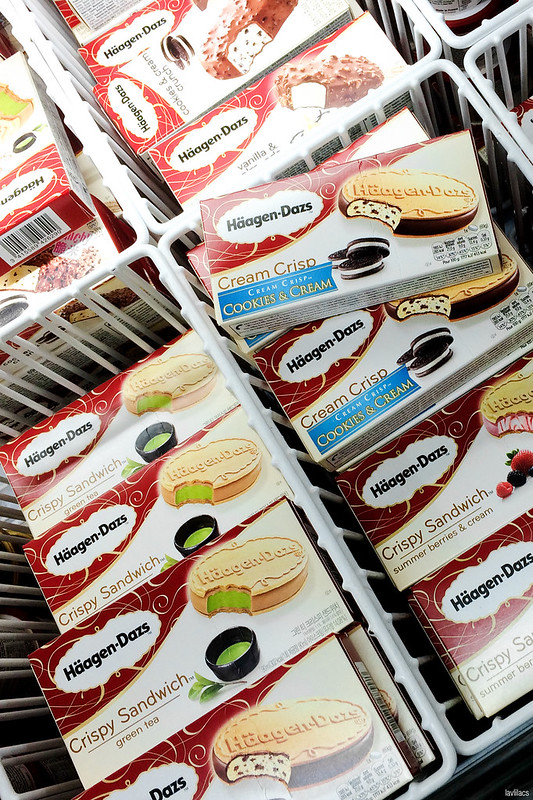 | 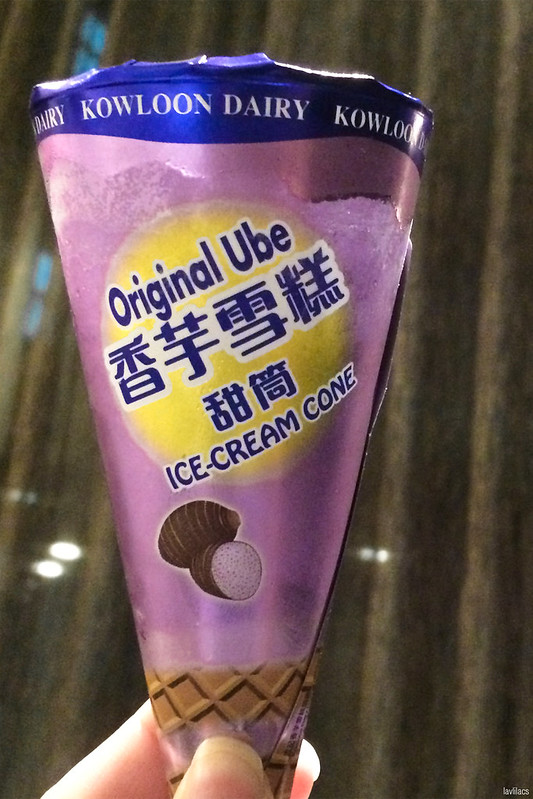 |
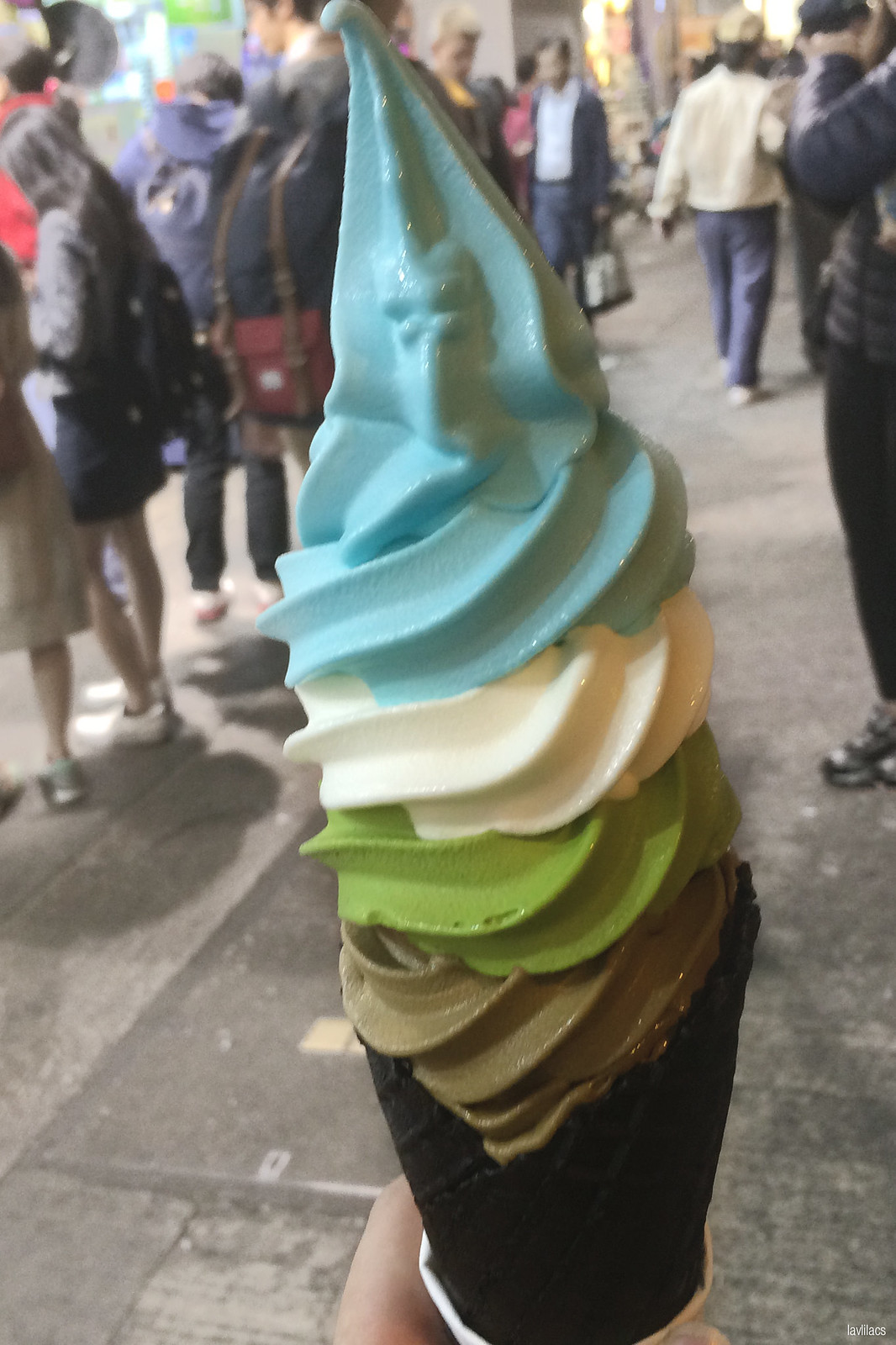
Mong Kok, Hong Kong.
Oh, the street food haven that is Mong Kok! Every corner turned will have another eats screaming to be bought and devoured. I am glad that I was able to stay in a hotel that was steps away. Let's just say it was thanks to being able to do some snacks hoarding from the Mong Kok stalls that helped me pull an all-nighter in an attempt to adjust to jetlag.The variety of street eats available in MK is overwhelming. Savory v. sweet. Fried v. stewed. Local v. international. Cold v. hot. Visiting Mong Kok on a full stomach is most definitely a terrible idea. Even if shopping is the top priority, food smells will surely find its way and the cravings will be hard to ignore. Tons of stalls and shops sell Cantonese classics, but new Instagrammable and trendy spots are just as popular amongst the locals.
Some "Must Try" items are definitely curry fish balls with tripe stew, foods on a stick, and waffles of any kind (egg/bubble waffle and normal one sandwiching jam).
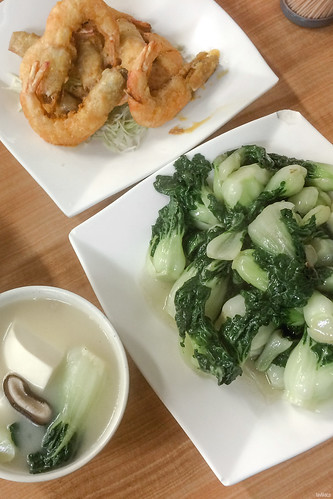 | 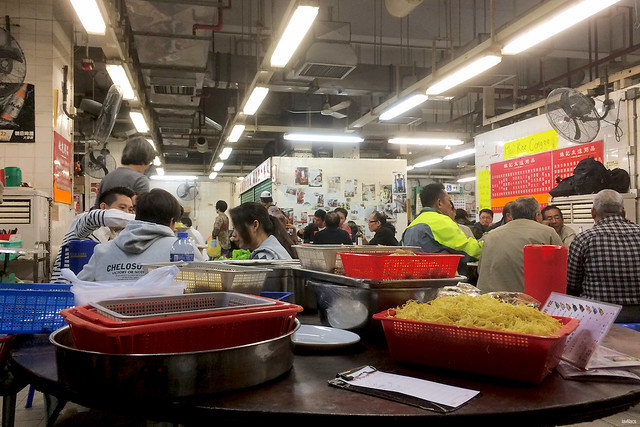 |
Fa Yuen Street Cooked Food Centre, Mong Kok, Hong Kong.
Although this isn't an authentic outdoors, open-air food stall (daipaidong 大排档), Fa Yuen Street Cooked Food Centre is similar enough in an indoors setting. The Cooked Food Centre is located in a multi-floor complex that also serves as a wet market. The lower floors, I believe, sell veggies, fruits, poultry, and even roasted meats.Those looking for a sit-down meal can find it on the 4th floor. Some stalls sell congee and breakfast staples, others specialize in stir-fried offerings. The food is straightforward and cheap. Tables are foldable and chairs are stackable. No frills but still tasty, homecooked-esque. Nothing really is quite like this Stateside. The closest thing I can compare the food centre to are the Singaporean hawker centres.
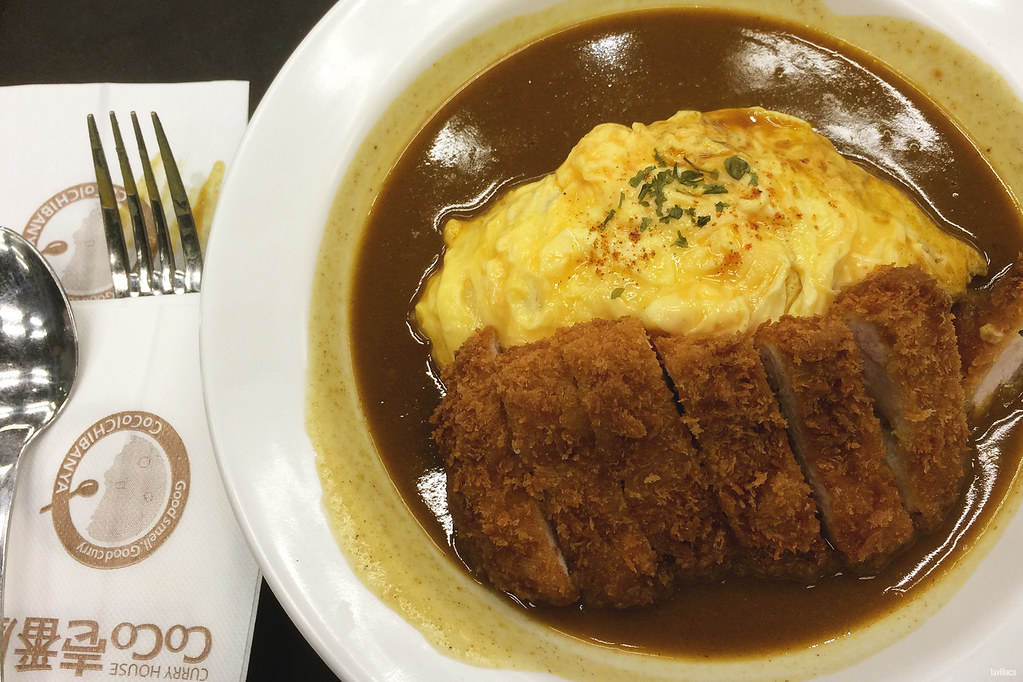
Curry House CoCo Ichibanya, Mong Kok, Hong Kong.
CoCo Curry and I seemed to be ill-fated. I first saw it in person in Seoul. By the time I wanted to give it a try there (maybe within the week of discovering it) the place complete shutdown and was being renovated into something else. I forgot about CoCo Curry in Tokyo where there were so many other foods to try. Maybe I would have remembered it if I saw one during my time there but I somehow never noticed. It took three separate stays in Hong Kong to finally be able to try their famously delicious curry, katsu, and egg combo.The one at Langham Place didn't offer the customization options that the chain is known for. But that didn't matter to me as a first-timer. I was there for one thing and that was saucy rice with fried meat. Having tried CoCo Curry now, I get what the hype is. It is hard to pinpoint exactly it is about it. Their curry is definitely great and I love how it is just a sauce without any carrots or potatoes. I don't remember it being too spicy but I would like try the spicier levels if I come across another CoCo.
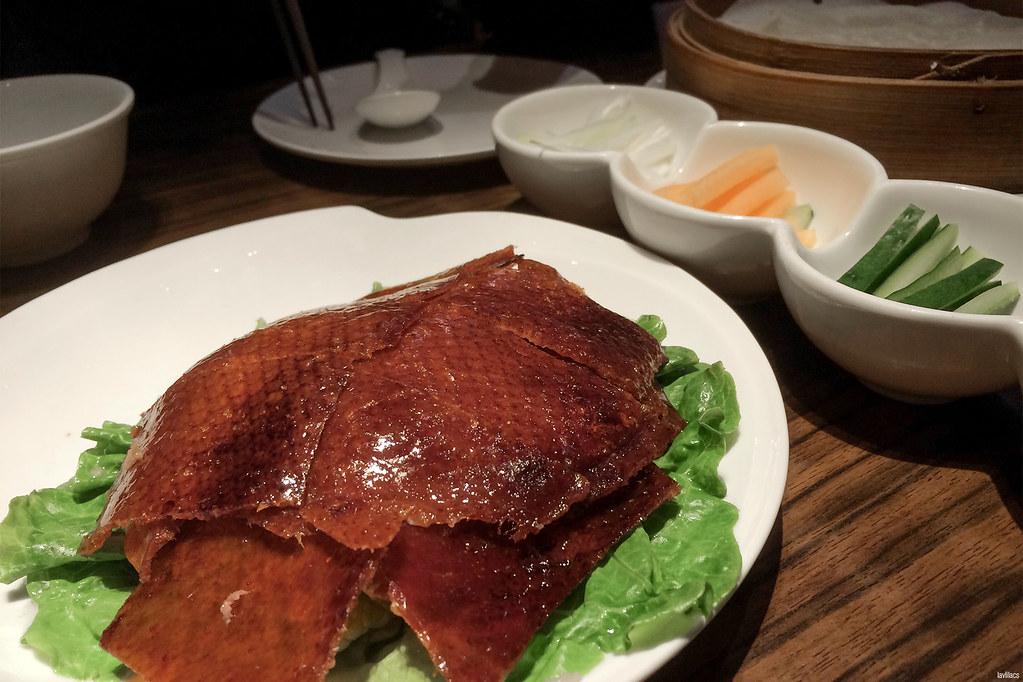
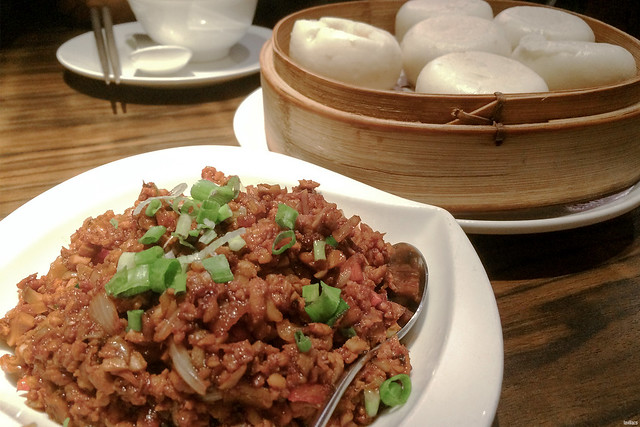 | 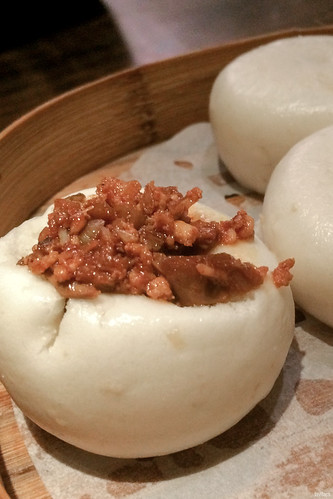 |
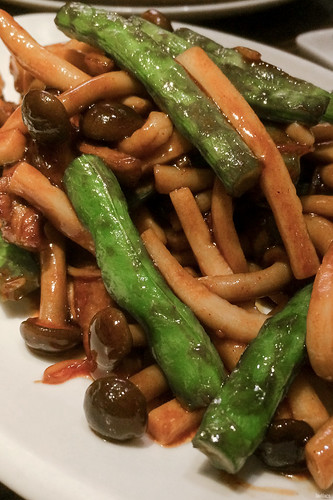 | 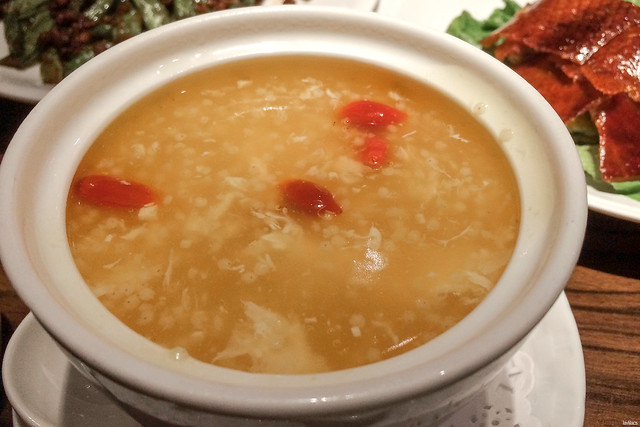 |
Empire City Roasted Duck, Tsim Sha Tsui, Hong Kong.
A food adventure isn't complete without a meal that is stumbled upon by chance. My Aunt and I passed by this duck themed restaurant during one of the last few days in HK. It was right near the one shop I really wanted to visit and the both of us love to eat duck, so why the heck not?Can you tell I liked being able to assemble my food? The roasted duck slices were meant to be wrapped in crepes and veggies. The stir fried minced duck meat was meant to be scooped into the hollow bao buns. We ordered a lot of food for just a party of 2, yet I remember we devoured almost all of it.
I definitely expected more roasted duck for the price (the above photo is 1/2 a duck for ~HKD$250 more or less). But considering the number of other dishes we ended up ordering to try, I was glad the portion sizes of everything were on the smaller side. It would have been a hassle to pack leftovers since our hotel room didn't have a microwave.

